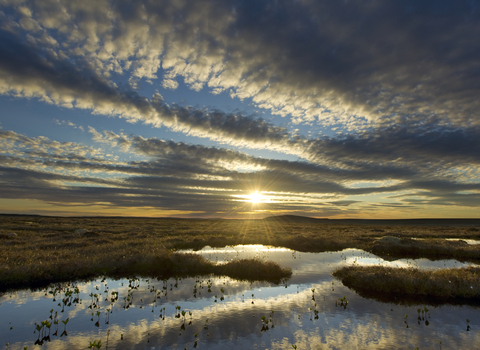The UK Government has announced proposals to ban heather burning on some peatland in England.
The Wildlife Trusts welcome the move but say all peatland should be protected from burning because of the damage it causes to wildlife and detrimental impact on air quality, carbon emissions and flood prevention.
The proposals which are out for public consultation could mean that an extra 146,000 hectares (ha) of upland peat areas will be protected from burning, leading to 368,000 ha in total to be protected.
Dr Rob Stoneman, director of landscape recovery at The Wildlife Trusts, says:
“The proposal to extend the ban on the burn is most welcome. Burning peat is an extremely damaging activity, and so we're really pleased that the government is taking the issue seriously. A ban will be good news for the air that we breathe, for the water we drink, and for the natural carbon cycle – and it will mean less flooding for people. It’s also brilliant news for wildlife.
“Burning kills the species that rely on precious peatlands – from rare bog-mosses and moorland birds to dragonflies and adders. The practice is entirely unnecessary – extensive evidence shows that alternate forms of moorland management, particularly blocking up drains and restoring water to natural levels, works much better than burning.




